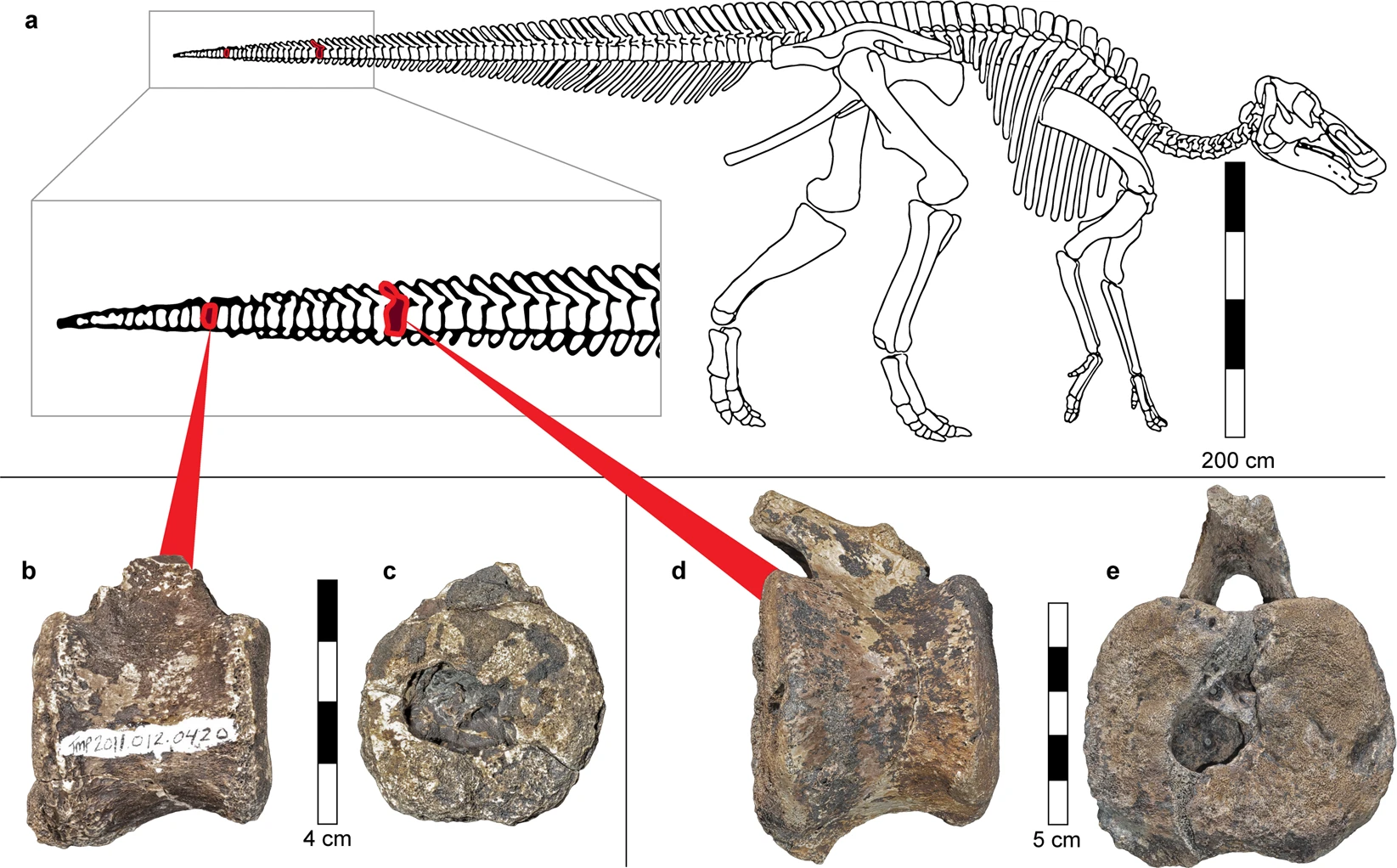This 6 February 2020 music video from Bangladesh is by singer Rita Dewan.
This 2019 music video from Bangladesh is by singer Shariat Sarker.
Shariat Sarker was arrested in Mirzapur on January 11, following a protest by more than 1,000 Islamic fundamentalists and a complaint to the police by a local Muslim cleric. Sarker was denied bail, at the first hearing of his case, at the Tangail District court on January 29.
Prime Minister Sheik Hasina’s government passed its repressive DSA law in September 2018, in defiance of widespread national and international criticism. The measure is in line with its moves towards autocratic rule, in response to rising working-class opposition and slowing economic growth.
The DSA replaced the so-called Information Communication and Technology Act (ICT) and associated Cyber Tribunal, a legal body to try those accused.
Under section 57 of the ICT, police could arrest anyone accused of causing a “deterioration in law and order”, prejudicing the image of the state, or a person, or causing “any hurt to religious belief.” These offences were non-bailable and anyone found guilty could be jailed for up to 14 years.
Section 57 has been reworded and incorporated in the DSA, with the charges kept deliberately vague so they can be used against any dissenting voices, and made more punitive.
For example, anyone found guilty for “campaigning against the liberation war of the nation” or discrediting the national anthem or the national flag, can be jailed for life. Those accused of gathering information inside a state institution can be charged with “espionage”.
Dewan is alleged to have made derogatory comments against Allah during a musical competition performance with another singer. After a video recording of the song went viral on the internet, she apologized, in an interview with YouTube channel Gaan Rupali HD, on February 1.
Sarker’s alleged crime was to criticise fundamentalist Muslim clerics who oppose singing. The Baul singer, who has millions of fans, is reported to have said that the “Quran does not prohibit the practice of music.” He is also accused of declaring, during a December concert, that he opposed religion being used as a political tool.
Hundreds of people demonstrated in Mymensingh and Mirzapur after the news broke of Sarker’s arrest. The popular singer could face a ten-year prison term if found guilty.
Nikhil Das, president of the Charan Cultural Centre, a platform for folk singers, immediately demanded Sarker’s unconditional release. Sultana Kamal, a Supreme Court lawyer and rights activist, denounced the arrest as another attack on the “right to free speech” and said the government was appeasing Islamic radical elements.
The allegations against Dewan and Sarker are part of a much larger crackdown. According to Odhikar, a Bangladesh human rights group, at least 29 people were arrested for violating the DSA, including journalists and individuals who posted comments on Facebook, or even “liking” certain comments.
Internationally-acclaimed photojournalist, Shahidul Alam was arrested in August 2018 and detained for 100 days, under Section 57 of the ICT, for allegedly making “provocative” statements about student demonstrations during in an interview with Al Jazeera and Facebook. The students were demanding that the government improve road safety, after two youth were run down and killed by a bus.
Alam had told Al Jazeera that the real reasons behind the popular anger was the government’s gagging of the media and widespread “extrajudicial killings, disappearing, bribery and corruption.”
Poet Henry Sawpon was arrested last May, following claims by a Catholic priest that the writer had offended “religious sentiments”, because he criticised an Easter Sunday cultural event in a local Catholic Church. The priest opposed Sawpon’s comments, because many Catholics had been killed in the terrorist bombing attacks that day in Sri Lanka.
A prominent writer-lawyer, Imtiaz Mahmud, was also arrested in May on charges that police had filed in July 2017, under the ICT Act. Mahmud had posted a Facebook comment opposing military violence against indigenous residents in Bangladesh’s Chittagong Hill Tracts.
Human Rights Watch observed, in its 2020 World Report, that journalists in Bangladesh “face pressure to self-censor or risk arrest”. which effectively prohibited investigative journalism in the country. In 2017 alone, at least 25 journalists, several hundred bloggers and Facebook users were prosecuted.
With 28 million Facebook users in Bangladesh, the Awami League-led regime is using the DSA to censor social media, in an attempt to stop workers and youth throughout the country, like their international counterparts, using social media to organise and fight government attacks on social conditions and democratic rights.
In order to justify this surveillance, in October 2018, the government established a nine-member monitoring cell to “detect rumours” on social media.
While the Hasina government claims to stand for “secularism”, the persecution of Rita and Sarker further demonstrates how the regime rests upon and uses Islamic fundamentalist and other ultra-right groups to advance its repressive agenda.
In 2013, when four bloggers were accused of atheism and arrested, Prime Minister Hasina’s son, Sajeeb Wajed Joy and so-called ICT adviser, declared, “We don’t want to be seen as atheists.”
In 2014, a group known as “defenders of Islam” published a death list of 84 critics of Islam. Several of those named were attacked and killed. The government said nothing about the assassinations.
When Rajshahi University professor, Rezaul Karim Siddique, was killed in April 2016—one of four academics killed at the institution—Prime Minister Hasina declared that no one had the “right to write or speak against any religion.”
The state persecution of artists, intellectuals and journalists, via bogus claims of offending “religious sentiment,” is not limited to Bangladesh; it is increasing throughout South Asia.
In June 2016, famous Pakistani musician Amjad Sabri was killed by the Taliban, and last April, award-winning Sri Lankan author Shakthika Sathkumara was arrested and held in remand for four months, following bogus complaints by Buddhist extremists that he had defamed Buddhism.
The author also recommends:
Persecuted Sri Lankan writer released on bail
[13 August 2019]
Deepa Mehta calls off production of her film Water
[10 April 2001]

